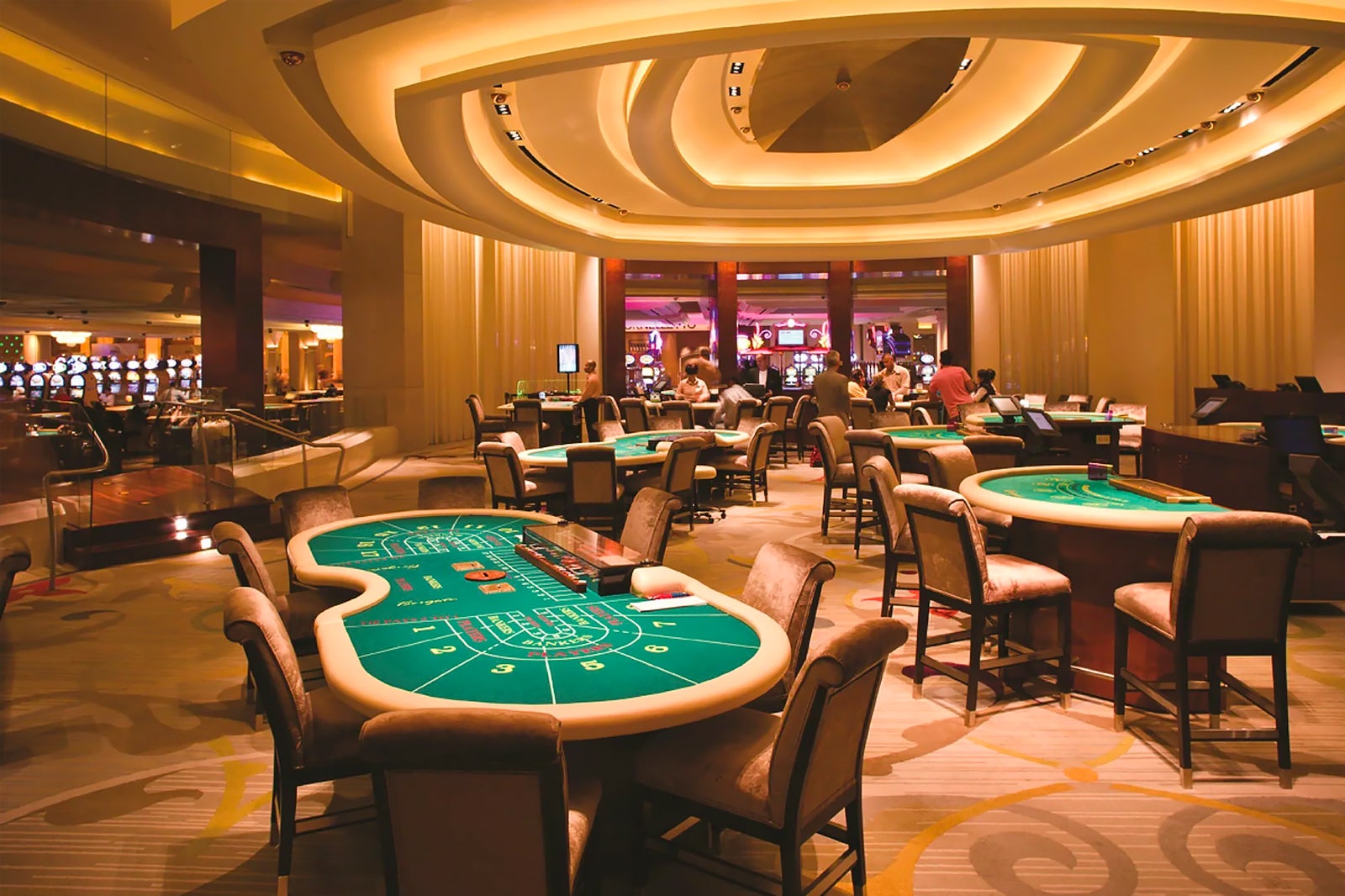
In the vibrant and thrilling world of casinos, wherein fortune and tactics intertwine, hues and design play a pivotal role in attracting gamblers. As soon as players step into a casino or log into a gaming platform, they are immersed in a visual feast that captures their attention and entices them to discover further. Bright colors, engaging graphics, and creative layouts are carefully crafted to create an atmosphere of thrill and expectation, ultimately enhancing the gaming encounter.
As gamblers navigate through the dynamic landscape of casino games, they come across a variety of designs that not only serve aesthetic purposes but also affect feelings and decision-making. Colors like red and gold symbolize wealth and fortune, while soothing blues and greens can create a much tranquil environment. Understanding how these elements work together allows casinos to create an welcoming and energizing atmosphere that encourages players to engage with the games, spend additional time at the tables, and increase their general enjoyment.
The Psychology of Tint in Gambling Games
Tint plays a critical role in the creation of gaming experiences, influencing players’ emotional states and behaviors. Vivid and striking colors, such as red and yellow, are often used to ignite excitement and draw attention. These hues create a sense urgency and energy, encouraging participants to engage more enthusiastically with the game. By strategically selecting hues, creators aim to evoke feelings of pleasure and expectation, which can enhance the overall player experience.
Different shades also have psychological meanings that can impact how gamblers perceive their possibilities of success. For example, lime is often associated with fortune and wealth, making it a frequent choice in activities like roulette and poker tables. This link can result participants to feel more optimistic and self-assured in their gameplay, ultimately encouraging them to stake more. Understanding these associations allows game developers to craft environments that enhance player happiness and retention.
Furthermore, the design of gambling game interfaces often uses color gradients and contrasting shades to instruct players’ actions. For example, successful combinations may be accentuated with bright, opposing hues, creating a visual reward. This technique reinforces positive outcomes and supports repeated participation. By leveraging color psychology, gambling establishments can design games that not only draw gamblers but also maintain them interested and committed in their play experience.
Design Features that Engage Players
The aesthetic appeal of gambling games is largely influenced by the use of vibrant colors. Bright and striking colors are strategically chosen to create an appealing atmosphere that grabs attention. For instance, reds and golds often signify good fortune and prosperity, which is why they are common in the palettes of slot machines and game surfaces. These colors not only draw players in, but they also stir emotions related to excitement and expectation, enhancing the total gaming experience.
In addition to color, the aesthetic and layout of gambling games play a significant role in captivating players. Games are designed to be user-friendly, ensuring that players can quickly understand the rules and gameplay. User-friendly interfaces, along with captivating graphics and motion, help maintain gamer interest and encourage longer play sessions. The tactile elements, such as the feel of the controls and the audio of the games, also add to a holistic sensory experience that keeps players immersed.
In conclusion, conceptual elements in game design can greatly influence gaming decisions. Many casino games are inspired by media, fairy tales, or exploration motifs, featuring symbols and characters that connect with players. These themes create a sense of engagement and connection, making each game feel distinct. When players feel a bond to the theme, they are more likely to choose that game over others, leading to higher participation and enthusiasm within the gambling environment.
Case Studies: Effective Casino Game Designs
One noteworthy example of effective casino game design is the popular slot machine series based around hit movies. Games such as those based on the Wizard of Oz and Game of Thrones utilize vibrant colors and superior graphics to engage players in recognizable narratives. The application of lively visuals and captivating sound effects takes the interest of players, building an psychological connection to the theme. This approach not just encourages longer play but also enhances the overall gaming experience, leading to increased player retention. Sunwin
Another effective case is the application of the psychology of color in table games like 21 and roulette. Casinos often create these games with dark reds and greens, colors traditionally linked with luck and wealth. For instance, the emerald felt on a 21 table provides a relaxing effect, while the crimson accents in the wheel invite excitement. This deliberate use of color helps to create an inviting atmosphere that motivates players to participate, fulfilling their psychological impulses and increasing their enjoyment.
Finally, online casino games that incorporate community features and bright, colorful designs have seen remarkable success in engaging players. Games like Zynga’s Poker and Slot-O-Mania leverage bright colors and playful animations to create an inviting online environment. The inclusion of leaderboards, social sharing options, and in-app rewards fosters competition and community, drawing players in for longer sessions. Such designs merely make the games visually appealing but also emphasize social connectivity, a crucial factor in player retention and engagement within online casino environments.